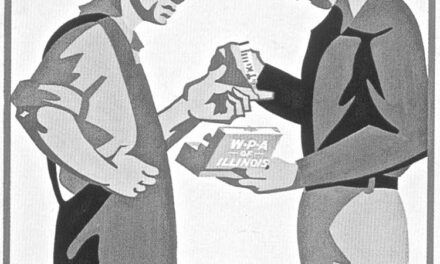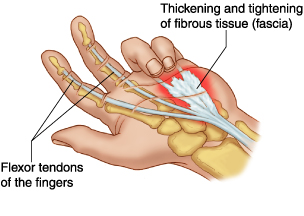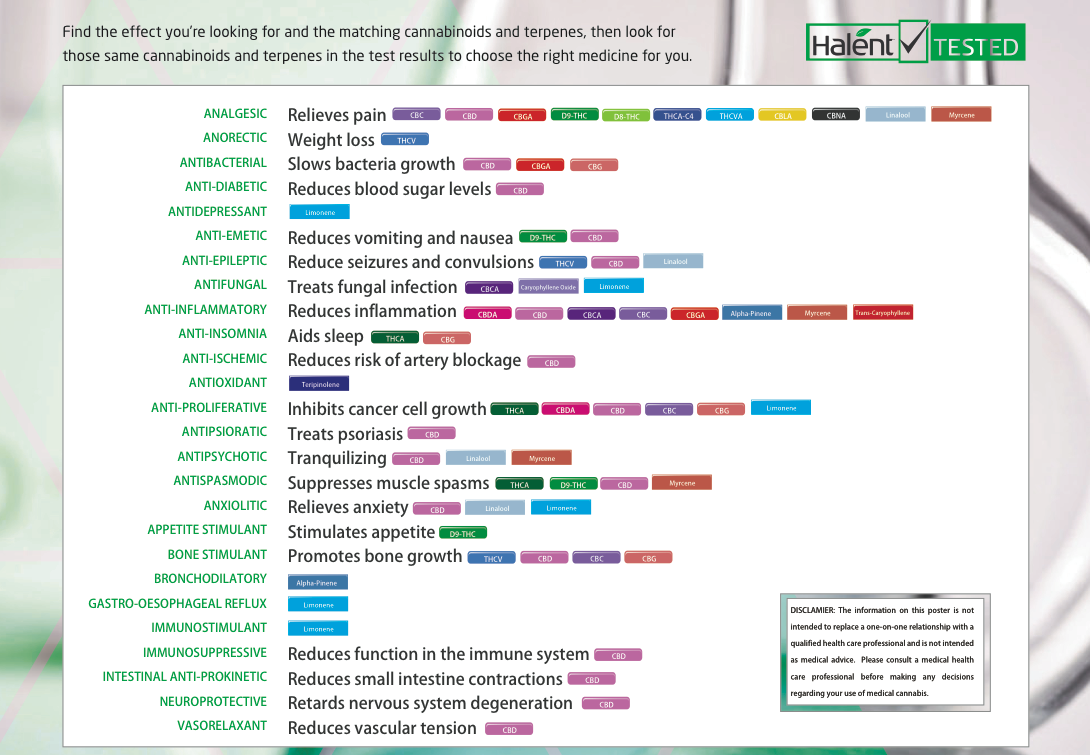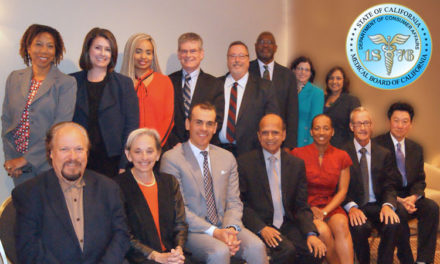Steve Robinson, MD, forwarded a Medscape article about cannabis causing an increase in Apical Ballooning Syndrome, and requested input from colleagues in the Society of Cannabis Clinicians on how seriously to take the warning. Joe D. Goldstrich, MD, a veteran cardiologist, replied (see below). Here’s what the National Library of Medicine site says about this unusual medical problem:
Apical ballooning syndrome is a form of acute dilated cardiomyopathy. It was first described in the Japanese literature in 1991 by Dote and colleagues13 and was originally named Takotsubo cardiomyopathy. Tako-tsubo is the Japanese word for octopus trap, and, in this disorder, the heart has this distinctive shape when viewed on end-diastolic ventriculogram, with a wide base and a long thin neck. In the literature, the terms apical ballooning syndrome and Takotsubo cardiomyopathy are used interchangeably, while broken heart syndrome is commonly used in the popular press. For the purposes of this article, ABS will be used to refer to the clinical syndrome.
Apical ballooning syndrome occurs most commonly in women, especially postmenopausal women. Patients with ABS classically present with anginal chest pain, often at rest and with associated dyspnea, following the experience of a stressful event (often within minutes or hours of the onset of symptoms). However, one-third of patients ultimately diagnosed with ABS do not have an identified preceding emotional or physical stressor, and, therefore, the absence of a precipitating stressor is insufficient to rule out ABS when other findings suggest its presence.
Here’s the snide, blatantly biased Medscape piece, America: Dumb to Tempt More Pot-Related CV Complications, by Melisssa Walton-Shirley, MD.
And here’s Dr. Goldstrich’s fair and balanced response:
Thank you for bringing this article and the abstract on which it is predicated to my attention. I had not been previously aware of “transient ventricular regional ballooning (TVRB) in temporal relation to marijuana use.” This is an observational study and no cause-and-effect was proven. There was a statistical relationship between cannabis use and TVRB.” They searched “2003-2011 Nationwide Inpatient Sample database identified 33,343 admissions for TRVB of which 210 (0.06%) were temporally related to active marijuana use.”
“Multivariable binary regression analysis on entire database (n=71,753,900), adjusted for known risk factors for TVRB, identified marijuana use as an independent predictor of TVRB [OR=1.994 (95% CI=1.716-2.317), p<0.0001]”. If you look at the chart at the bottom of the abstract you will see that there were fewer major adverse cardiac events (23.3%) in the cannabis group than in the non-cannabis group (32%).
Maybe there is some smoke, but I’m not feeling any real heat as a result of this article.
All that said, there are some documented adverse effects of cannabis on the cardiovascular, cerebrovascular and peripheral vascular systems. “Adverse Cardiovascular, Cerebrovascular, and Peripheral Vascular Effects of Marijuana Inhalation: What Cardiologists Need to Know” by Thomas et al in the American Journal of Cardiology in 2014 provides a review of the more common potential adverse effects.
Joe D. Goldstrich, MD, FACC
The upcoming O’Shaughnessy’s includes an interview with Dr. Goldstrich that’s posted here. The term “broken-heart syndrome” makes sense: getting jilted can mean getting jolted with stress.





